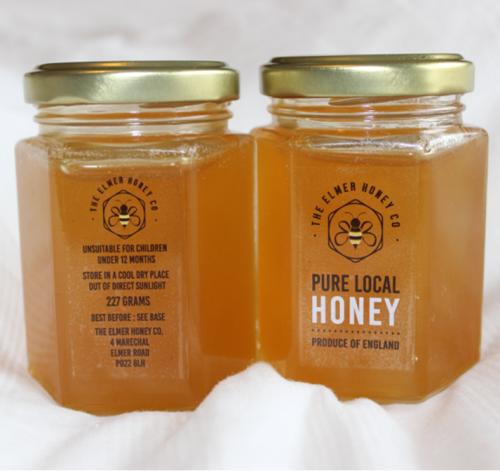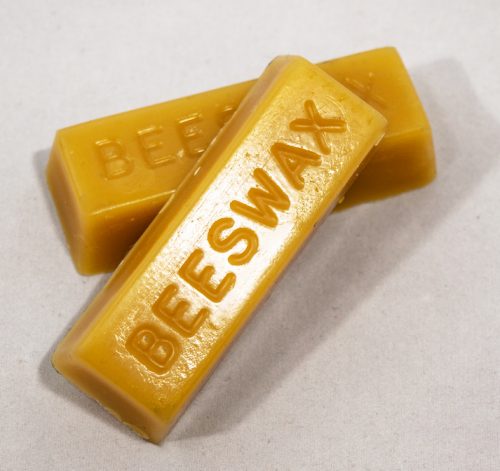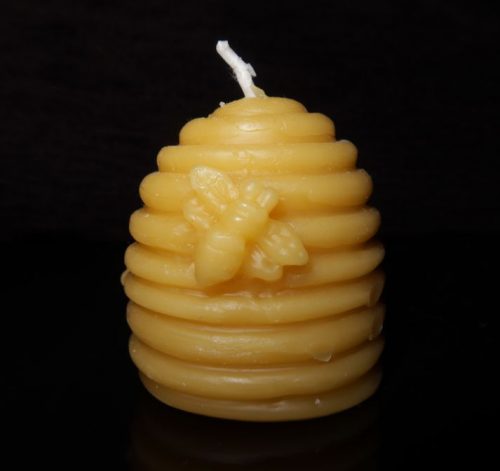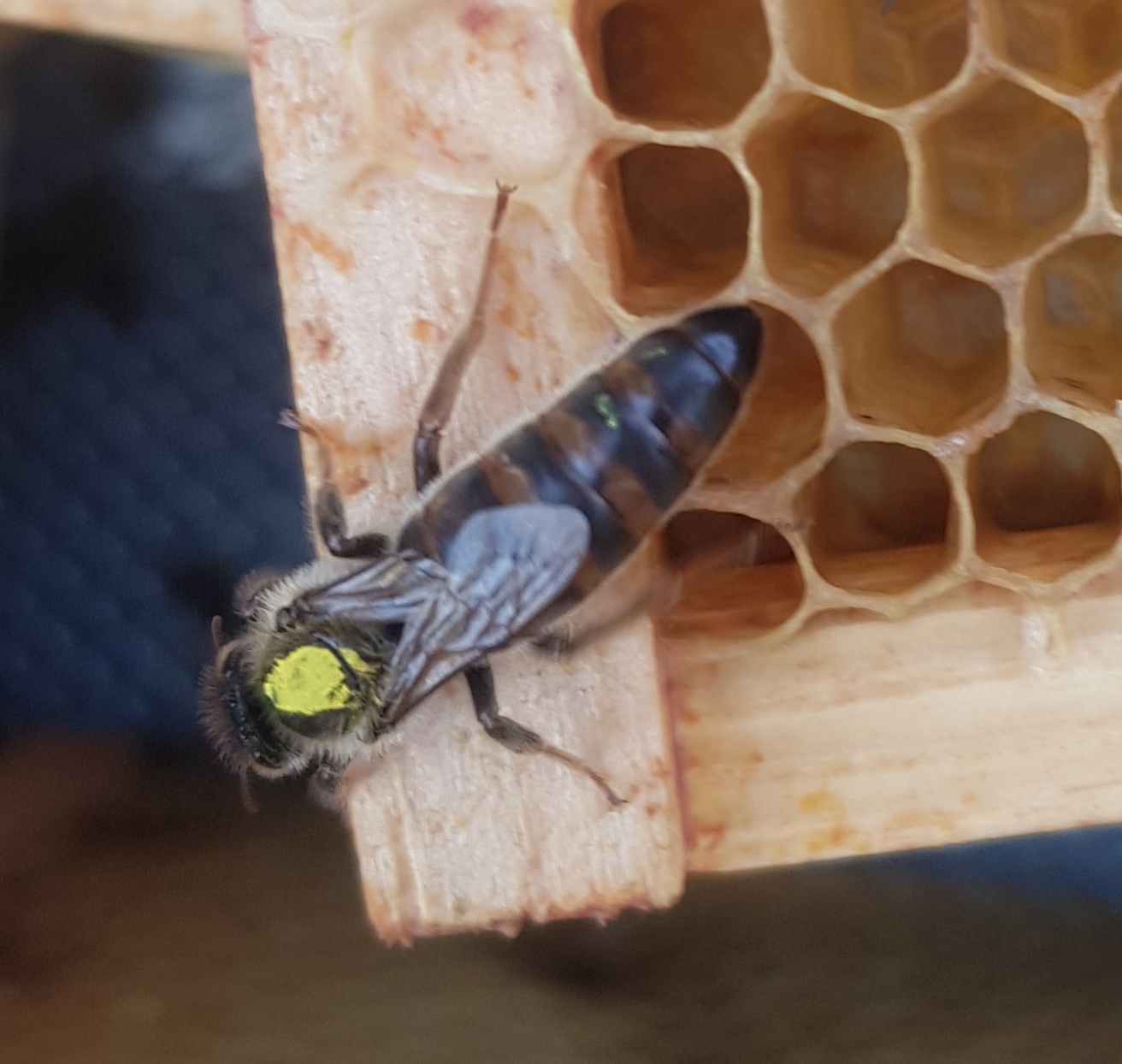
Will beekeepers remove bees for free?
Will beekeepers remove bees for free?
The short answer is yes, beekeepers will remove bees for free, but, and it’s a big but, the bees need to be honey bees because although beekeepers love all bees, we really only know how to look after honey bees.
What Do You Do If you find bees?
Finding bees in your home can seem quite worrying, but let me be clear: bees are actually quite friendly, and they do not want to sting you and are just trying to keep busy making honey. The first thing you need to do if you find bees is to try and identify what type of bee it is and then leave them alone until a solution can be found.
The first thing you need to do is confirm they are not wasps. Wasps are not pleasant insects; they love to sting and keep stinging, so it is vital to be sure that these flying insects in your home are not wasps or, indeed, hornets.
Will beekeepers remove bees for free if they are honey bees? Yes but are you sure they are honey bees? Keep reading to check if you have honey bees.
The Types Of Bees And Wasps You May Find In And Around Your Home
The Red Mason Bee
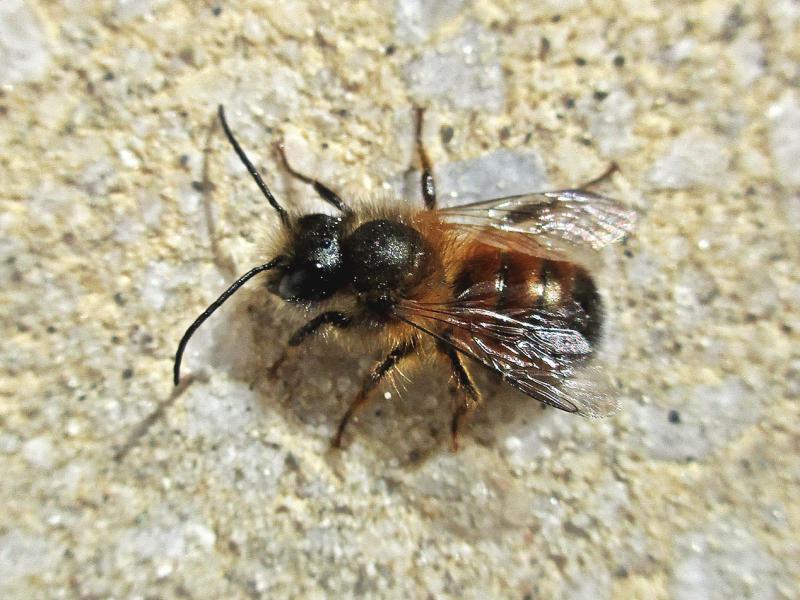
The Red Mason Bee is a solitary bee that builds its nest, with each cell lined with mud and pollen. Once the cavity is filled with eggs, larvae hatch from them and develop until autumn, when they create their cocoon for hibernation through winter. From late March, this particular bee species rely solely on nectar and pollen while in flight.
The Red Mason Bee has a lot of ginger-coloured fur. The male bee is smaller than the female, and it has white hair on its face. Many other bee types look like the Red Mason Bee, but it can be hard to tell them apart.
The Garden Bumble Bee
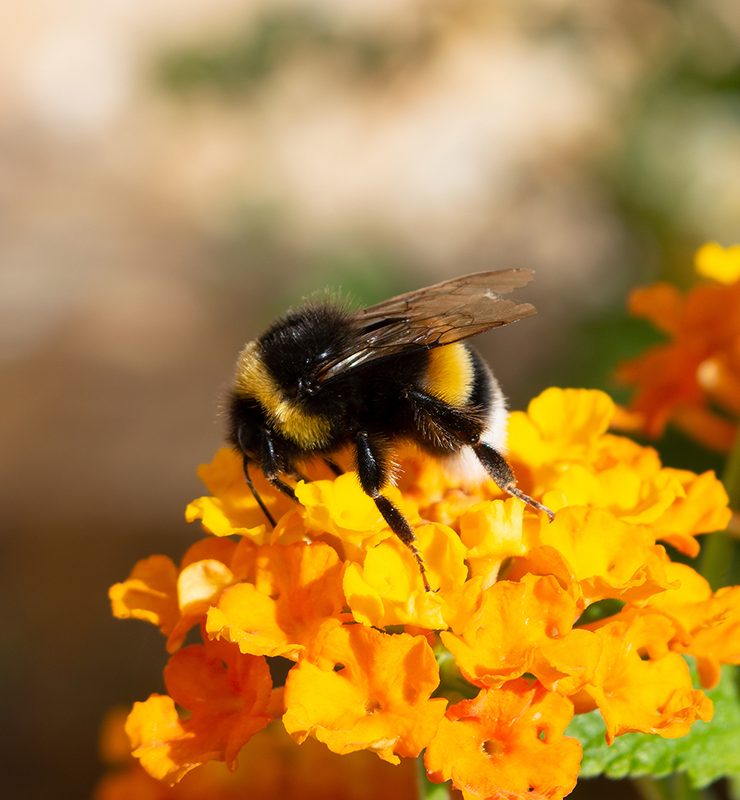
The garden bumblebee is a big bee, and it looks messy. It has yellow stripes around its neck and bottom, and the end of its tail is white.
The garden bumblebee is a big bee that lives in woodlands and gardens. It has a long tongue to get nectar and pollen from flowers like foxglove and honeysuckle. Queens come out in Spring from March to June, and workers come out until late April. Males and females show up from July to October. Garden bumblebees make homes with up to 100 bees together, usually using the nests of small animals.
The Honey Bee
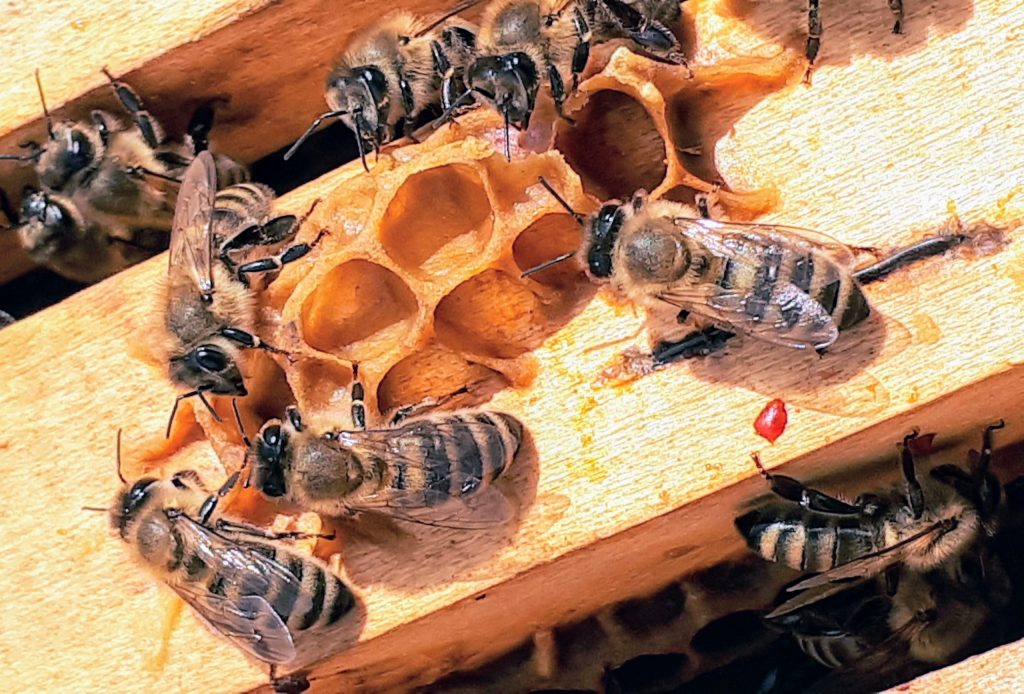
Honeybees make honey! They are small and look like a bee. Honeybees work hard and live in big homes made of wax.
The honey bee is black and gold in colour and is easy to recognise (well, it is to a beekeeper). Many species of hoverflies can look like honey bees, but these hover flys have much bigger eyes.
The Common Wasp
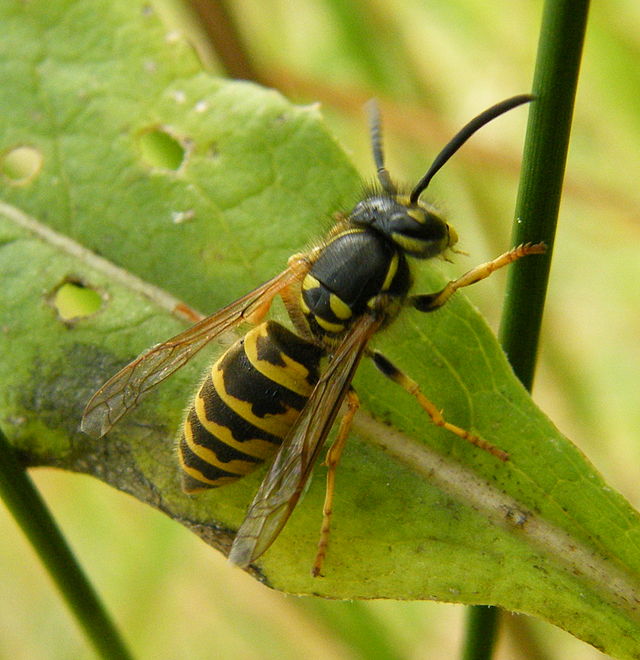
The Common wasp is a yellow and black insect that can ruin picnics. But it is also helpful because it helps pollinate plants and catches pests. So it can be your friend in the garden.
The Common wasp is black and yellow. It lives in places like our gardens, houses, and roofs. The queen chews wood to make the nest, where workers look after new babies. At the end of summer, males and old queens fly away to mate. The males and old queens die, but new females sleep until spring, when they start again! Common wasps eat insects to feed their babies, and they like sweet things like nectar, fruit, or food from picnics!
The Hornet
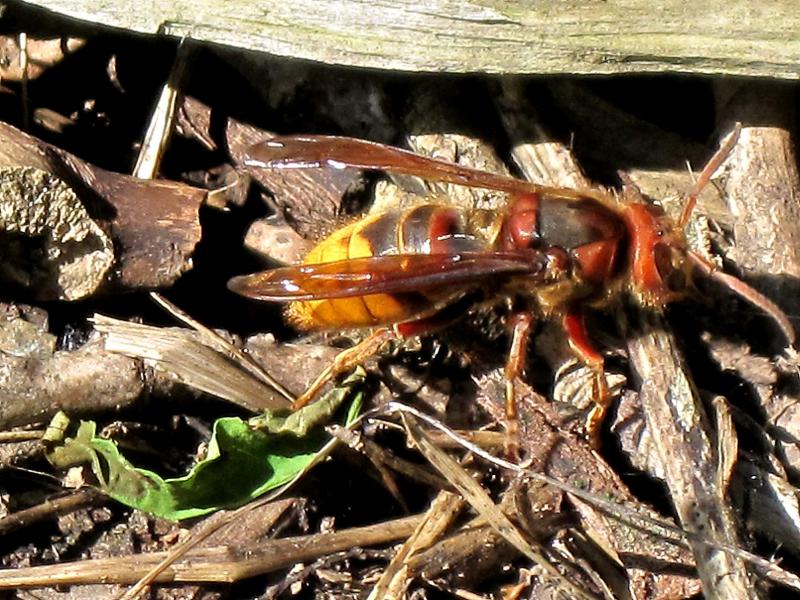
The hornet looks scary, but it is not so bad. It helps plants and crops by pollinating them and eating the insects that eat them. So it can be an excellent friend to gardeners!
A hornet is a big wasp living in wooded areas, parks, and gardens. When spring comes, the queen hornet wakes up and chews on wood to make her nest. Inside the nest, baby hornets hatch from eggs, and she takes care of them. New queens are born at the end of summer and fly away to mate. The old queens die after mating, and the new ones go to sleep until spring comes again. Hornets eat bugs for their babies and then eat nectar or sap for themselves.
If you are still unsure what bees you have, then it’s probably best to call a beekeeper.
OK, I know what bees I have, and it is the honey bee
At this point, you know what bees you have are honey bees and if you can try and stay away from them until a beekeeper can arrive to rehome them.
Typically, honey bees, when they swarm they will hang from a tree or wrap themselves around a fence post or hang out on a wall normally clumped up. These are the kind of situations where beekeepers will remove bees for free.
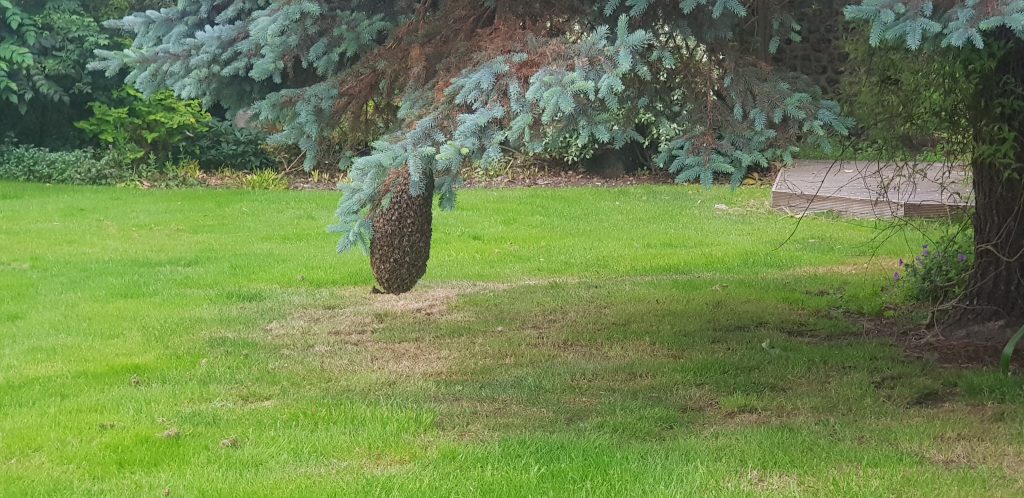
If the bees are inside your home, living in the cavity or your chimney, it starts to get more involved, and the beekeeper may consider charging you. Some companies specialise in bee removal, so please bear that in mind.
Even if a beekeeper will come and get involved in removing bees for free for you, there may be other costs from other trades involved. If you need to get into a chimney stack, then you will no doubt need a bricklayer to remove bricks to gain access then you might need a plasterer to make the repairs later.
So yes, the beekeeper may not charge to remove bees, but other costs may be involved.
In all my time as a beekeeper, I have only looked at one job where I thought I would need to charge to remove bees, and that was because it was a listed building and the honey bees were in the chimney, and I would need to get scaffolding and stone masons and what not.
In the summer months, beekeepers are really busy with their own colonies and also rescuing swarming bees from people’s homes, so if you live in the Bognor Regis area and you find bees, then please get in touch with us at the Elmer Honey Co. We can be your knights in shining bee suits.
We hope you have enjoyed this post on ‘will beekeepers remove bees for free’, and if you want to follow a beekeeper on social media, we would love to bring you along on our beekeeping journey.
Share:
Most Popular Posts

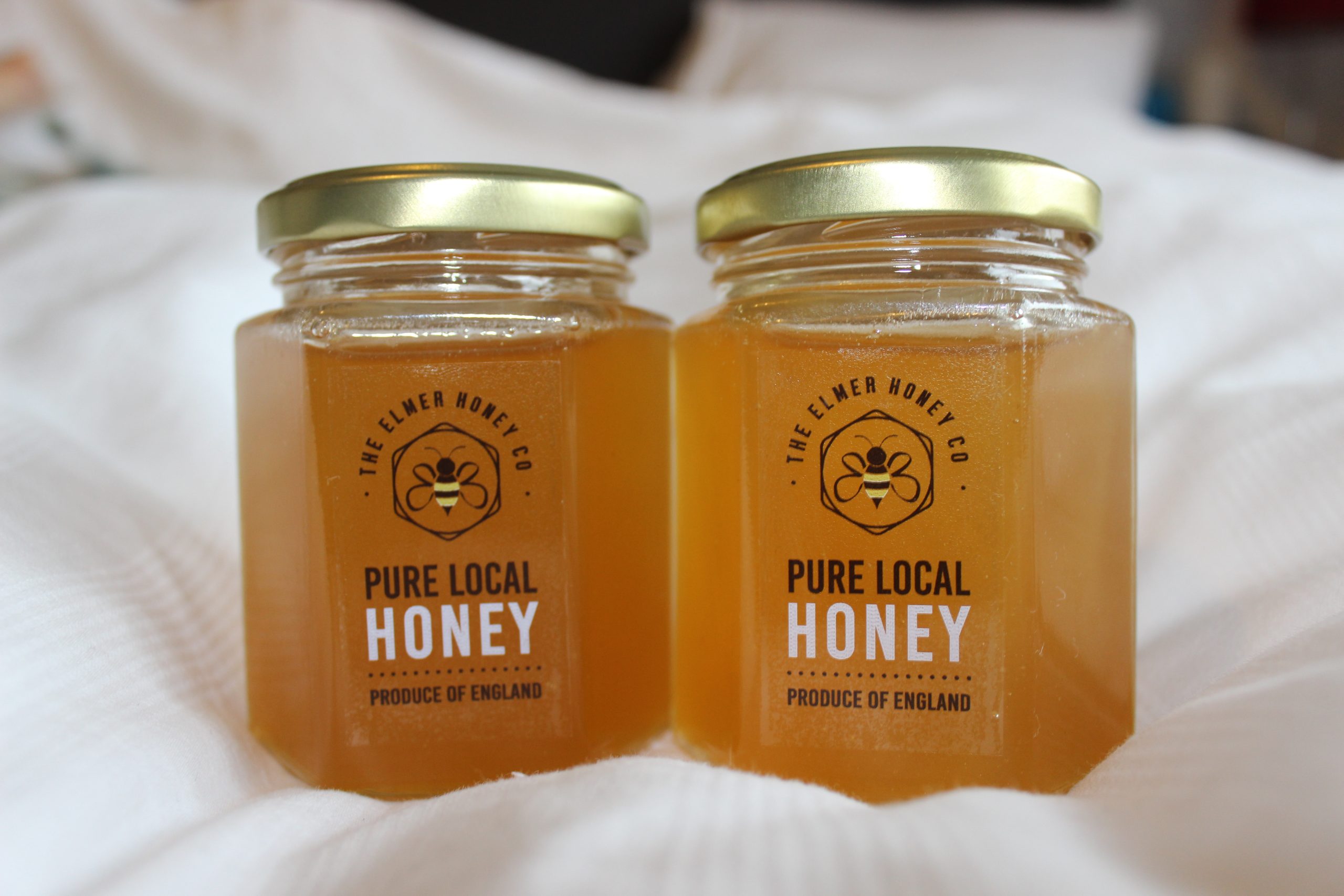
The Sweet Benefits of Local Honey
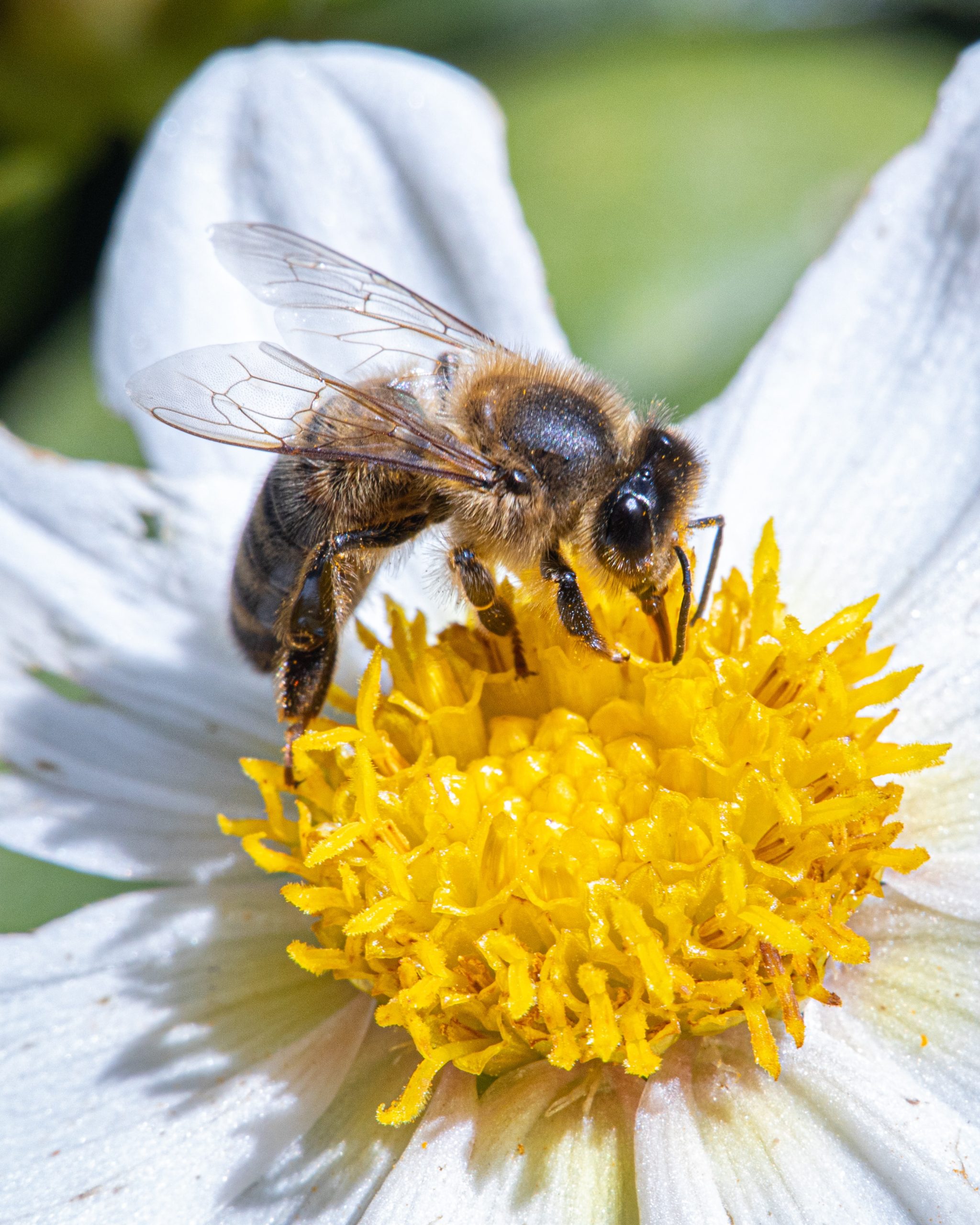
How Do Bees Make Honey?


